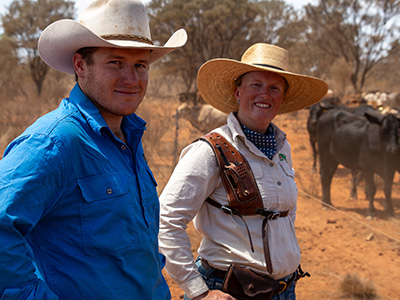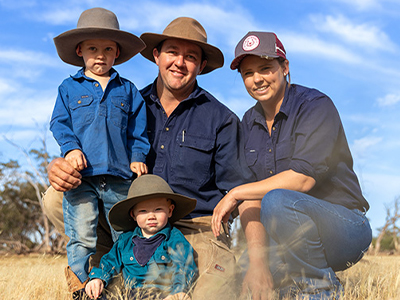What’s changed for Martha and Robert?
The RCS Drought Resilient Soils and Landscapes Program has given Martha and Robert the tools and knowledge to better manage their grazing and groundcover.
“The program and grazing clinic was a big paradigm shift and helped us better budget our feed — it’s been a massive help,” said Robert.
Martha, too, has found the program transformative.
“I’ve never experienced a drought, so I’m trying to learn as much as I can,” she said.
“Through the program and coaching, we now have our feed budgets in place and aren’t stressing about what’s ahead of us.
“We’re not constantly thinking about what we need to do — we know how many months of feed are ahead of us.
“The Soil and Landscapes project is certainly helping us improve our grazing management and making better decisions.”
Through the course they have also had access to MaiaGrazing; a tool to plan and manage their grazing.
“MaiaGrazing has been very useful in actively managing our grazing and groundcover, especially being able to update the data while in the paddock,” Robert said.
Support in the paddock
RCS mentor, Raymond Stacey, has been working with Martha and Robert to help put their learnings into action.
“The Drought Resilient Soils and Landscapes project is about supporting graziers to manage their country and businesses better,” Raymond said.
“It’s about supporting graziers to build resilience in their landscapes and in their businesses.
“We’re moving away from the perpetual cycle of boom and bust. The droughts are not a disaster — they’re just a low patch to be managed.”
Robert and Martha have worked closely with Raymond on their grazing management in particular.
“It’s been fantastic, the coaches have a very broad experience across different landscapes and vegetation,” Robert said.
“We’ve had regular catch ups every month to six weeks with a mentor and can ask questions any time.”
Outcomes for drought resilience
- Learning to feed budget, observe animals and adjust grazing plan
- Reduced pressure by identifying actions and setting dates based on grazing plan
- Established 6 new monitoring sites
- Using forecasts to improve available pasture
- Data-driven decision-making to futureproof the business
- Fenced an additional four paddocks and a 14km laneway
- Installed 17km of pipe and 6 new water points across a 3,000ha block
- Trialled dividing dense paddocks into smaller blocks using electrical tape
- Host for two field days demonstrating drought resilient practices
- Reduced pressure by planning, monitoring and managing
- Developed vision and goals
- Training: 2.5 day RCS Grazing Clinic, Business Fundamentals Workshop, MaiaGrazing platform
- RCS coaching and mentoring through a combination of one-on-one and grazier peer group sessions.
Find out more about the RCS Drought Resilient Soils and Landscapes Program.











